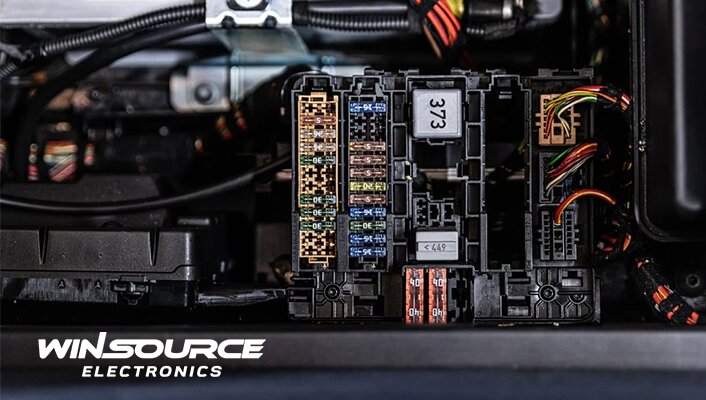
Modern vehicles are engineering marvels, comprised of complex electrical systems that power everything from headlights to infotainment centers. Among the many components that make a vehicle run smoothly, the starter relay plays a vital role. The starter relay is often overlooked, but it plays a critical role in initiating the ignition process and starting the vehicle’s wheels. This article explores the importance of starter relays and their use in automotive circuits.
Table of Contents
ToggleUnderstanding Starter Relays
The starter relay is an electromechanical switch that controls the flow of electrical current between the battery and the starter motor. It acts as an intermediary between the ignition switch and the starter motor, allowing the high current required for engine starting without passing through the ignition switch itself. This design prevents excessive wear on the ignition switch and minimizes voltage drop, ensuring a reliable ignition process.
The role of the starter relay
High Current Switch: One of the primary functions of the starter relay is to handle the high current required to start the engine. The starter motor requires a lot of power, and if the current flows directly through a regular ignition switch, it may cause it to wear out. The starter relay acts as a heavy-duty switch, directing current from the battery to the starter motor only when the ignition key is turned to the “start” position.
Voltage Protection: The starter relay helps protect the voltage provided by the battery. When the ignition key is turned, the relay engages and current flows directly from the battery to the starter motor through the relay contacts. This minimizes voltage drop and ensures the starter motor receives all the voltage it needs to start effectively.
Protection of ignition components: The starter relay plays a protective role by preventing excessive current from flowing through the ignition switch. If the starter motor’s high current is passed through the ignition switch, it can cause overheating and wear, which over time can lead to ignition switch failure. The starter relay prevents this by handling the high current itself.
Coordination of the Starting Process: In modern vehicles, the starting process involves multiple components that work in harmony, including the battery, ignition switch, starter relay, and starter motor. The starter relay ensures that all of these components are synchronized and activated in the correct sequence, allowing the engine to crank and start smoothly.
Application in the circuit
The starter relay is usually integrated into the vehicle’s electrical system through the following steps:
Ignition Activation: When the driver turns the ignition key to the “Start” position, a low current signal is sent to the starter relay. This signal powers the relay coil, which creates a magnetic field.
Relay Activation: The magnetic field pulls the contacts of the relay together, completing the high current path between the battery and the starter motor. This action activates the starter motor, which starts the engine.
Engine Starting: When the starter motor starts the engine, the fuel and air mixture ignites, starting the combustion process and enabling the engine to start.
Release and Deactivation: With the engine running, release the ignition key from the “Start” position. This de-energizes the starter relay’s coil, causing the contacts to separate. The high current path is interrupted and the starter motor is disengaged from the engine.
In conclusion
The starter relay may be just one small piece in the grand scheme of a car’s electrical system, but its role in the ignition process is integral. By effectively managing high currents, maintaining voltage, and coordinating the starting process, starter relays help to improve the overall functionality and performance of a vehicle by ensuring that the vehicle’s engine starts reliably and smoothly.

COMMENTS